Hyundai i30 VS Hyundai i10 – Specs, Efficiency & Price Comparison
Which model is the better choice – the Hyundai i30 or the Hyundai i10? We compare performance (140 HP vs 90 HP), boot capacity (395 L vs 252 L), efficiency (5.70 L vs 4.90 L), and of course, the price (24000 £ vs 14600 £).
Find out now which car fits your needs better!
The Hyundai i30 (Hatchback) is powered by a Petrol or Petrol MHEV engine and comes with a Manuel or Automatic transmission. In comparison, the Hyundai i10 (Hatchback) features a Petrol engine and a Manuel or Automatic gearbox.
When it comes to boot capacity, the Hyundai i30 offers 395 L, while the Hyundai i10 provides 252 L – depending on what matters most to you. If you’re looking for more power, you’ll need to decide whether the 140 HP of the Hyundai i30 or the 90 HP of the Hyundai i10 suits your needs better.
There are also differences in efficiency: 5.70 L vs 4.90 L. In terms of price, the Hyundai i30 starts at 24000 £, while the Hyundai i10 is available from 14600 £.
Compare all the key specs now and find out which model fits your lifestyle best!
In the battle of compact versus hatchback, the Hyundai i10 and Hyundai i30 each carve their niche with unique strengths. The i10 impresses with its nimble city maneuverability and efficient fuel economy, making it ideal for urban dwellers. Meanwhile, the i30 offers more space, robust tech features, and a more powerful engine, appealing to those seeking a versatile and dynamic driving experience.
Hyundai i30
The Hyundai i30 stands out in the hatchback segment with its sleek design and modern features. It offers a comfortable ride with a well-crafted interior that caters to both driver and passengers. With its emphasis on safety and technology, the i30 provides a balanced driving experience suitable for urban and suburban environments.
details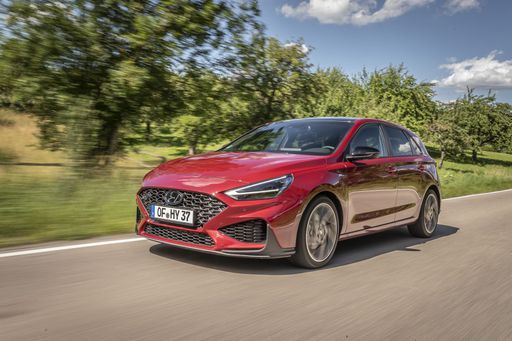 @ hyundai.news
@ hyundai.news
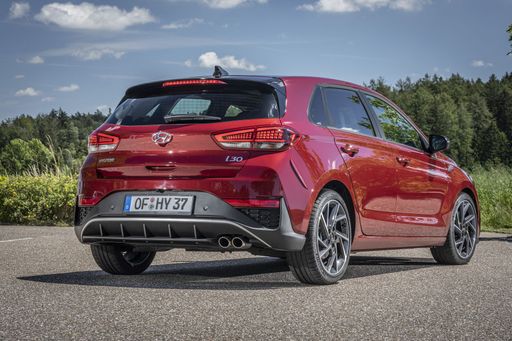 @ hyundai.news
@ hyundai.news
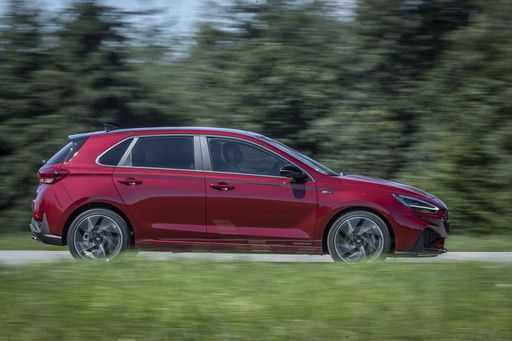 @ hyundai.news
@ hyundai.news
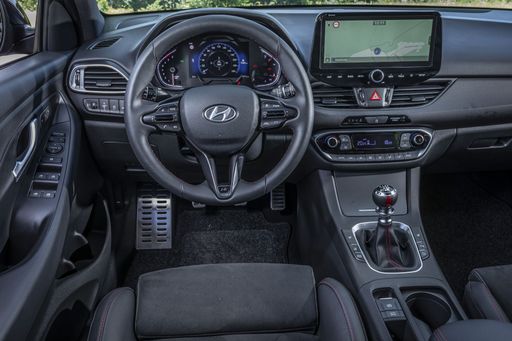 @ hyundai.news
@ hyundai.news
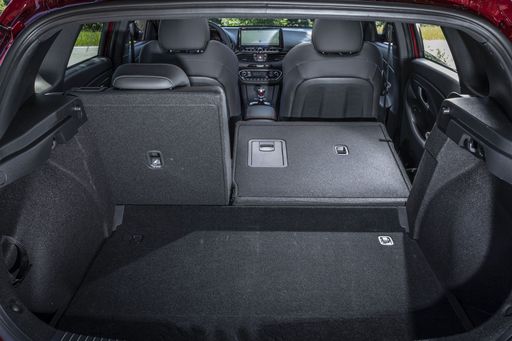 @ hyundai.news
@ hyundai.news
Hyundai i10
The Hyundai i10 impresses with its compact design, making it an ideal choice for navigating through busy urban environments. Its interior is surprisingly spacious, offering drivers and passengers comfort beyond what one might expect from a city car. The model combines efficiency and practicality, making it an attractive option for those seeking both economy and functionality in their daily commute.
details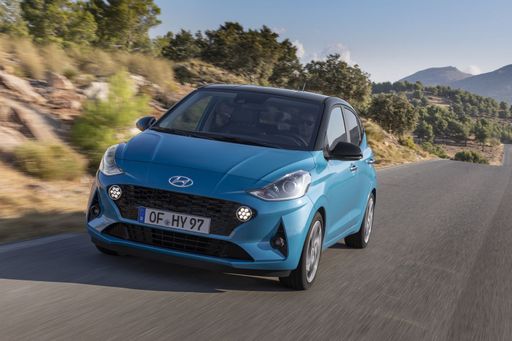 @ hyundai.news
@ hyundai.news
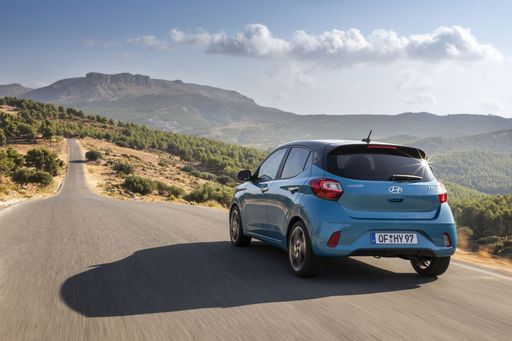 @ hyundai.news
@ hyundai.news
 @ hyundai.news
@ hyundai.news
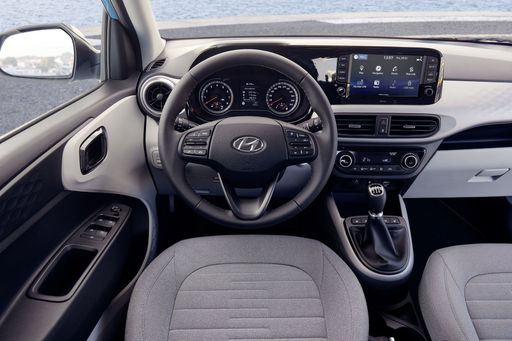 @ hyundai.news
@ hyundai.news
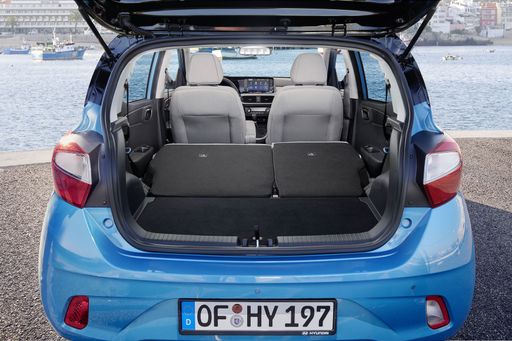 @ hyundai.news
@ hyundai.news
Hyundai i10 vs Hyundai i30: A Comprehensive Comparison
Hyundai has consistently delivered vehicles that are both reliable and stylish, capturing the attention of car enthusiasts. In this comparison, we delve into two of Hyundai's well-regarded hatchbacks: the compact and nimble Hyundai i10, and its bigger sibling, the more robust Hyundai i30. Both models offer unique driving experiences and modern innovations, appealing to different segments of the market. Let's see how they stack up against each other in terms of technical aspects and innovations.
Design and Dimensions
The first notable difference is their size. The Hyundai i10 measures 3670 mm in length, 1680 mm in width, and 1480 mm in height. This compact structure makes it ideal for urban environments, emphasizing minimalism and maneuverability. In contrast, the Hyundai i30 is more substantial, measuring 4340 mm in length, 1795 mm in width, and 1455 mm in height. This size advantage offers a more spacious cabin and larger trunk capacity, providing 395 liters of storage compared to the i10's 252 liters.
Performance and Power
Under the hood, the Hyundai i10 offers a variety of petrol engines ranging from 63 to 90 HP, with engine capacities of 998 cm3 and 1197 cm3. It offers both manual and automated manual transmissions, making it versatile for different driving preferences. The car reaches a top speed of up to 175 km/h, depending on the engine choice, with a fuel consumption varying between 4.9 to 5.4 L/100km.
The Hyundai i30 packs a punch with petrol and mild hybrid engine options generating between 100 to 140 HP. Its larger engine capacity, at 1482 cm3, and dual-clutch automatic transmission offer a smoother and more robust driving experience. The i30 comes with a slightly higher fuel consumption rate, from 5.6 to 5.9 L/100km, and can accelerate from 0-100 km/h in as little as 9.6 seconds, reaching speeds up to 197 km/h.
Technical Innovations
When it comes to technical innovations, both models offer state-of-the-art features. The Hyundai i10, despite its size, boasts a commendable CO2 efficiency class of C to D, producing 111 to 123 g/km of CO2 emissions. Its nimble three-cylinder engine options emphasize efficiency and emissions control. Additionally, Hyundai’s Driver Assistance systems in the i10 promote a safe urban driving experience.
Meanwhile, the i30's larger platform allows it to incorporate advanced technologies like its mild hybrid electric vehicle (MHEV) systems, which aid in reducing emissions and improving fuel economy. It also features a comprehensive suite of driver assistance systems, including Hyundai’s renowned SmartSense package, offering additional safety and convenience for all occupants.
Interior and Comfort
The Hyundai i10 focuses on functional design while maintaining comfort, accommodating up to 5 passengers. Despite its compact size, the i10 provides a pleasant driving environment with intuitive controls and a user-friendly infotainment system.
The i30, on the other hand, enhances passenger comfort with more generous seat space and improved materials. It also includes a larger, modern infotainment setup with expansive connectivity options, aimed at a premium driving experience. Both models cater to various lifestyle needs, but the i30 clearly offers enhanced comfort and an elevated sense of luxury.
Conclusion
In conclusion, both the Hyundai i10 and Hyundai i30 offer compelling options for different driving needs. The i10 shines in urban settings with its compact design and efficiency, ideal for city dwellers or those seeking practicality. In contrast, the i30 stands out for those who desire more power, space, and advanced technology, easily accommodating longer journeys and additional passengers.
The choice between the two ultimately depends on the buyer's requirements, but with Hyundai's reputation for quality and innovation, both models promise to deliver a satisfying driving experience.

|

|
|
|
|
Costs and Consumption |
|
|---|---|
|
Price
24000 - 29300 £
|
Price
14600 - 19000 £
|
|
Consumption L/100km
5.7 - 6 L
|
Consumption L/100km
4.9 - 5.5 L
|
|
Consumption kWh/100km
-
|
Consumption kWh/100km
-
|
|
Electric Range
-
|
Electric Range
-
|
|
Battery Capacity
-
|
Battery Capacity
-
|
|
co2
130 - 136 g/km
|
co2
110 - 124 g/km
|
|
Fuel tank capacity
50 L
|
Fuel tank capacity
36 L
|
Dimensions and Body |
|
|---|---|
|
Body Type
Hatchback
|
Body Type
Hatchback
|
|
Seats
5
|
Seats
4 - 5
|
|
Doors
5
|
Doors
5
|
|
Curb weight
1291 - 1407 kg
|
Curb weight
996 - 1099 kg
|
|
Trunk capacity
395 L
|
Trunk capacity
252 L
|
|
Length
4340 mm
|
Length
3670 - 3675 mm
|
|
Width
1795 mm
|
Width
1680 mm
|
|
Height
1455 mm
|
Height
1480 - 1483 mm
|
|
Payload
463 - 509 kg
|
Payload
344 - 423 kg
|
Engine and Performance |
|
|---|---|
|
Engine Type
Petrol, Petrol MHEV
|
Engine Type
Petrol
|
|
Transmission
Manuel, Automatic
|
Transmission
Manuel, Automatic
|
|
Transmission Detail
Schaltgetriebe, Automat. Schaltgetriebe (Doppelkupplung)
|
Transmission Detail
Schaltgetriebe, Automatisiertes Schaltgetriebe
|
|
Drive Type
Front-Wheel Drive
|
Drive Type
Front-Wheel Drive
|
|
Power HP
100 - 140 HP
|
Power HP
63 - 90 HP
|
|
Acceleration 0-100km/h
9.6 - 13.1 s
|
Acceleration 0-100km/h
11.4 - 18.4 s
|
|
Max Speed
178 - 197 km/h
|
Max Speed
143 - 175 km/h
|
|
Torque
172 - 253 Nm
|
Torque
93 - 172 Nm
|
|
Number of Cylinders
3 - 4
|
Number of Cylinders
3 - 4
|
|
Power kW
74 - 103 kW
|
Power kW
46 - 66 kW
|
|
Engine capacity
998 - 1482 cm3
|
Engine capacity
998 - 1197 cm3
|
General |
|
|---|---|
|
Model Year
2024
|
Model Year
2024
|
|
CO2 Efficiency Class
D, E
|
CO2 Efficiency Class
C, D
|
|
Brand
Hyundai
|
Brand
Hyundai
|
Hyundai i30
Introducing the Hyundai i30: A Blend of Performance and Innovation
The Hyundai i30 continues to impress the automotive world with its fine balance of performance, efficiency, and cutting-edge technology. As a quintessential hatchback, the i30 caters to a diverse range of drivers, offering a remarkable driving experience through its impressive powertrains and compact yet stylish design.
Dynamic Performance Options
At the heart of the Hyundai i30 lies a variety of engine choices designed to suit different driving preferences. The power output ranges from 100 PS to 280 PS, allowing drivers to choose an i30 that perfectly matches their performance needs. Whether you're inclined towards the spirited drive of the N Performance variants or prefer the efficiency of the mild hybrid versions, there’s a powertrain tailored for you.
Innovative Hybrid Technology
For those seeking enhanced fuel efficiency without compromising on power, the i30’s 48V mild-hybrid system offers a compelling option. Available with both manual and automatic transmissions, this innovative technology provides an ideal balance, reducing emissions and improving fuel consumption, with an impressive average of just 5.7 L/100km.
Sophisticated Design and Features
The Hyundai i30’s sleek design is complemented by thoughtful interior features that elevate the driving experience. With a boot space ranging from 395 to 450 litres, this hatchback ensures ample room for all your luggage needs. Furthermore, the car's aesthetic appeal is matched by its practical ergonomic layout, catering to both style enthusiasts and those seeking functionality.
Advanced Safety and Technology
The i30 is equipped with an array of advanced safety features, enhancing driver confidence and ensuring passenger safety. Its cutting-edge safety suite includes lane-keeping assist, forward collision warning, and adaptive cruise control. Additionally, the i30 offers a modern infotainment system, designed to keep you connected and entertained on every journey.
Conclusion: A Versatile Choice for Modern Drivers
The Hyundai i30 is more than just a hatchback; it’s a remarkable amalgamation of power, efficiency, and modern technology. Whether you're enticed by the high-performance models or the eco-friendly mild-hybrid variants, the i30 stands out as a versatile choice that meets the demands of today’s discerning drivers.
Hyundai i10
Introduction to the Hyundai i10
The Hyundai i10 has consistently proven to be a dependable and stylish companion for urban driving. Known for its compact design and efficiency, this hatchback offers a perfect blend of modern aesthetics and practicality, making it a popular choice for city dwellers and small families alike.
Performance and Efficiency
The Hyundai i10 is available with both manual and automatic transmissions, catering to various driving preferences. Engine power ranges from 63 to 90 PS, providing a versatile driving experience for both novice and seasoned drivers. The fuel consumption varies between an impressive 4.9 to 5.4 litres per 100 kilometres, fitting for those looking to minimise fuel costs while also reducing their carbon footprint.
Engine and Transmission
Equipped with a choice of 1.0-litre or 1.2-litre engines, the i10 offers up to 172 Nm of torque, ensuring lively performance. The models feature front-wheel-drive configurations, allowing for smooth handling and reliable road performance. The car excels in city driving but is equally capable on longer journeys.
Interior and Comfort
Despite its compact size, the Hyundai i10 does not compromise on interior space and comfort. It accommodates four to five occupants comfortably, offering sufficient legroom and headroom. Its flexible seating arrangement and a 252-litre boot make it ideal for both quick trips and weekend getaways.
Safety and Technology
Safety remains a priority with Hyundai, and the i10 is no exception. It comes equipped with multiple airbags, stability control, and advanced braking systems. Technology-wise, the i10 features a user-friendly infotainment system with smartphone connectivity, ensuring a pleasant and connected drive.
Design and Style
The Hyundai i10’s design is both modern and sleek, making it stand out in the compact hatchback segment. With a length ranging from 3670 to 3675 mm, a width of 1680 mm, and a height of 1480 to 1483 mm, the i10 strikes a perfect balance between style and functionality.
Affordable Pricing and Value
The i10 is available in several trims including the Select, N Line, and Prime, among others, with prices ranging from €16,990 to €22,190. Considering its features and low running costs — with monthly expenses estimated between €694 to €793 — the Hyundai i10 offers substantial value for those seeking an economical yet stylish hatchback.
Conclusion
The Hyundai i10 combines efficiency, modern design, and practicality in a compact package. Whether you are seeking a reliable city car or an economical daily driver, the Hyundai i10 is a strong contender worth considering in the compact car market of 2024.
The prices and data displayed are estimates based on German list prices and may vary by country. This information is not legally binding.
